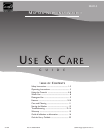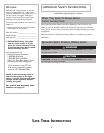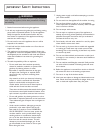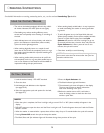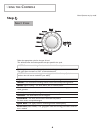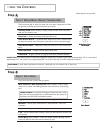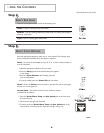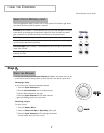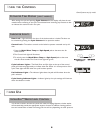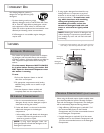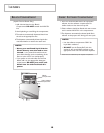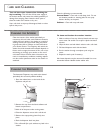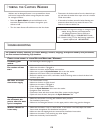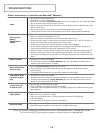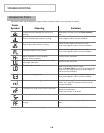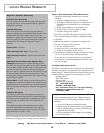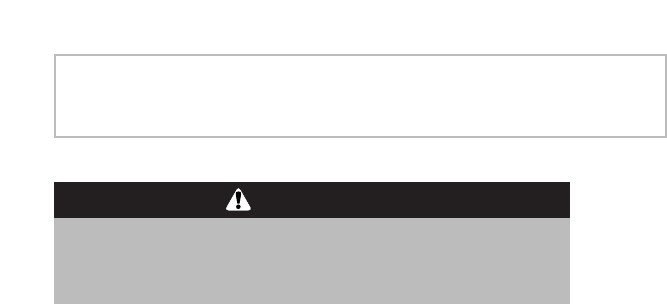
2
To reduce the risk of fire, electric shock or injury to persons
when using the appliance, follow basic precautions, including
the following:
WARNING
1. Read all instructions before using the appliance.
2. As with any equipment using electricity and having moving
parts, there are potential hazards. To use this appliance
safely, the operator should become familiar with the
instructions for operation of the appliance and always
exercise care when using it.
3. Do not install or store this appliance where it will be
exposed to the weather.
4. Install and level the clothes washer on a floor that can
support the weight.
5. This appliance must be properly grounded. Never plug
the appliance cord into a receptacle which is not ground-
ed adequately and in accordance with local and national
codes. See installation instructions for grounding this
appliance.
6. To avoid the possibility of fire or explosion:
• Do not wash items that have been previously
cleaned in, washed in, soaked in, or spotted with
gasoline, dry-cleaning solvents, or other
flammable or explosive substances as they give
off vapors that could ignite or explode. Hand
wash and line dry any items containing these
substances.
Any material on which you have used a cleaning
solvent, or which is saturated with flammable
liquids or solids, should not be placed in the
clothes washer until all traces of these liquids or
solids and their fumes have been removed.
These items include acetone, denatured alcohol, gaso-
line, kerosene, some liquid household cleaners, some
spot removers, turpentine, waxes and wax removers.
•
Do not ad
d gasoline, dry-cleaning solvents, or other
flammable or explosive substances to the wash water.
These substances give off vapors that could ignite or
explode
.
•
Under cer
tain conditions,
h
ydr
ogen gas ma
y be
produced in a hot water system that has not
been used f
or 2 weeks or more. HYDROGEN
GAS IS EXPLOSIVE.
If the hot water system has
not been used for such a period, before using a
washing machine or combination washer-dryer,
turn on all hot water faucets and let the water
flow from each for several minutes. This will
release any accumulated hydrogen gas. As the
gas is flammable
,
do not smoke or use an open
flame during this time
.
7. Unplug power supply cord before attempting to service
your clothes washer.
8. Do not reach into the appliance if the tumbler is moving.
9. Do not allow children to play on or in the appliance.
C
lose supervision of children is necessary when the appli-
ance is used near children.
10. Do not tamper with controls.
11. Do not repair or replace any part of the appliance or
attempt any servicing unless specifically recommended in
published user-repair instructions that you understand
and have the skills to carry out.
12. Store laundry aids and other material in a cool, dry place
where children cannot reach them.
13. Do not wash or dry items that are soiled with vegetable
or cooking oil.These items may contain some oil after
laundering. Due to the remaining oil, the fabric may smoke
or catch fire by itself.
14. Do not use chlorine bleach and ammonia or acids (such
as vinegar or rust remover) in the same wash. Hazardous
fumes can form.
15. Do not machine wash fiberglass materials. Small particles
can stick to fabrics washed in following loads and cause
skin irritation.
16. Before the appliance is removed from service or discard-
ed, remove the door to the washing compartment.
17. Do not sit on top of the clothes washer.
18. Inlet hoses are subject to damage and deterioration over
time. Check the hoses periodically for bulges, kinks, cuts,
w
ear or leaks and r
eplace them e
v
er
y five years.
I
I
MPORTANT SAFETY INSTRUCTIONS



